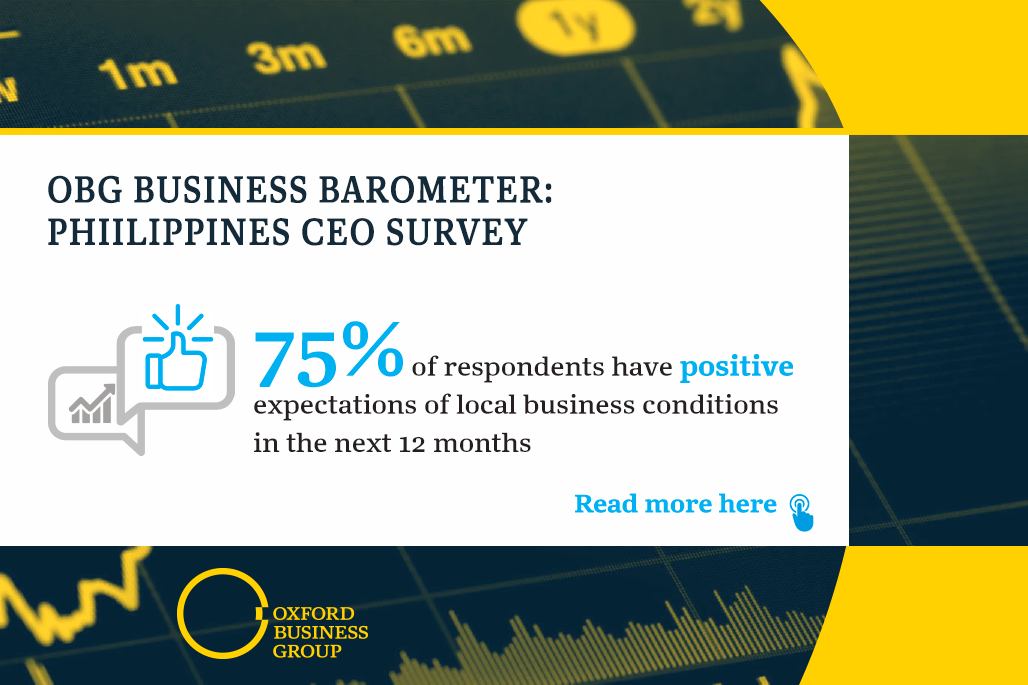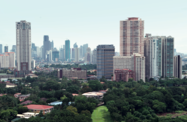A proposal to offer limited amnesty to delinquent taxpayers alongside stronger future enforcement measures could boost tax compliance in the Philippines, bringing fresh revenues to the state and certainty to investors.

In early April the secretary of finance, Carlos Dominguez, announced the government was considering an amnesty for private and corporate taxpayers who had not fulfilled their obligations, as part of a broader plan to overhaul the tax system.
By encouraging taxpayers to clear arrears without facing excessive fines or legal action, the Philippines could reap a windfall payment and increase tax compliance rates, Dominguez told international media.
For the amnesty to have the desired effect, however, he said it would need to be backed by stronger regulations and enforcement targeting tax evaders to ensure improved compliance in future.

“The tax amnesty will not work if they don’t believe you can actually go after them,” Dominguez said. “First, we go after them, show that this government means business and has the political will to stop tax evasion.”
Details and a timeline for this are still unclear, as he said this would depend on passing necessary legislation, which was likely to be undertaken in stages rather than all at once.
Indonesian example
The Philippines is not the only South-east Asian country to pursue such a path. Last July Indonesia introduced a similar amnesty alongside its own programme to encourage tax compliance, which ran for nine months to March 31.
Through a mix of incentives and immunity from prosecution, Jakarta hoped to raise $12.5bn in new tax revenue, largely by encouraging repatriation of roughly $76bn in untaxed cash and assets previously transferred overseas.
The Indonesian government expects the amnesty to reap new revenues worth $10bn – a significant boost to state coffers that Manila hopes to replicate.
There is one key difference, however: Indonesia sought to tap the extensive funds moved offshore, while the Philippines is targeting unpaid taxes in the domestic economy.
“Indonesia has a different problem,” Dominguez said. “They have money outside. I don’t think that’s really our problem. Ours is different: people just haven’t paid taxes.”
Confidence boost
Reforming the Philippine tax system could help reassure foreign investors concerned that the government may struggle to fund its accelerated infrastructure programme, budgeted at $160bn.
The broadening of the tax base through the first of several rounds of reform could bring the government a net gain of some P174bn ($3.5bn) in 2018, or 1% of GDP, which would go some way to helping fund these state projects, said Dominguez.
Tax reforms could also help maintain the country’s sovereign credit – at the end of March, ratings agency Fitch affirmed the Philippines’ investment-grade credit rating with a positive outlook, though it cited political instability and low levels of government revenue as reasons for a possible downgrade.
The speed at which this broadening takes place, however, may be slower than the government hopes, potentially delaying any rebound in investor confidence or sovereign credit ratings.
New rates spreadsheet
In September last year the administration of Rodrigo Duterte tabled the first of four packages in an extensive tax reform plan to Congress.
The proposals would expand the number of tax brackets and shift the calculation of income tax to a gross taxation system, lowering taxes for all but high-income earners. The new tax structure would come into effect July 1, 2017 and be valid through 2019, after which tax rates would be scheduled to fall.
In the 2017-19 period, taxpayers earning less than P250,000 ($5000) a year would not be liable for any tax. Those earning above that but no more than P400,000 ($8000) would pay tax of 20% on earnings. Taxpayers with an income between P400,000 ($8000) and P800,000 ($16,000) would pay a P30,000 ($600) flat tax and 25% on income over the bottom end of the range. Those earning up to P2m (40,000) would pay a flat tax of P130,000 ($2600) plus 30% on income over P800,000 ($16,000). Taxpayers with income up to P5m (100,000) are liable for a P490,000 ($9800) flat tax plus 32% on income over P2m (40,000), and those earning above P5m ($100,000) pay P1.45m ($29,000) plus 35% on income over P5m (100,000).
The new plan would also lower the corporate income tax rate from 30% to 25%, bringing it in line with the regional average, and impose gradual increases in fuel levies and vehicle taxes through to 2020.
Petrol duties, currently a mish-mash of different rates for everything from regular and unleaded to aviation petrol and greases, would become a uniform P7 ($0.14) per litre as of July 1, thereafter rising to P9 ($0.18) per litre in 2018 and P10 ($0.20) in 2019.
Other measures include broadening the tax base for value-added tax, currently levied at 12%, up from 10% a decade ago, though disadvantaged groups such as seniors and the disabled would be ring-fenced from many increases.
As of mid-April the first package was still being discussed in the House of Representatives – which had conducted four hearings by February and whose Ways and Means Committee agreed “in principle” to endorse it.
However, the finance secretary thinks it may not be ratified until the end of the year, far later than initial estimates that it would clear congress by June.
If successful, this could pave the way for the three other packages, covering property tax, estate tax, interest income and capital gains. “With the help of Congress we aim to pass this fourth package by January 2019,” said Dominguez.



